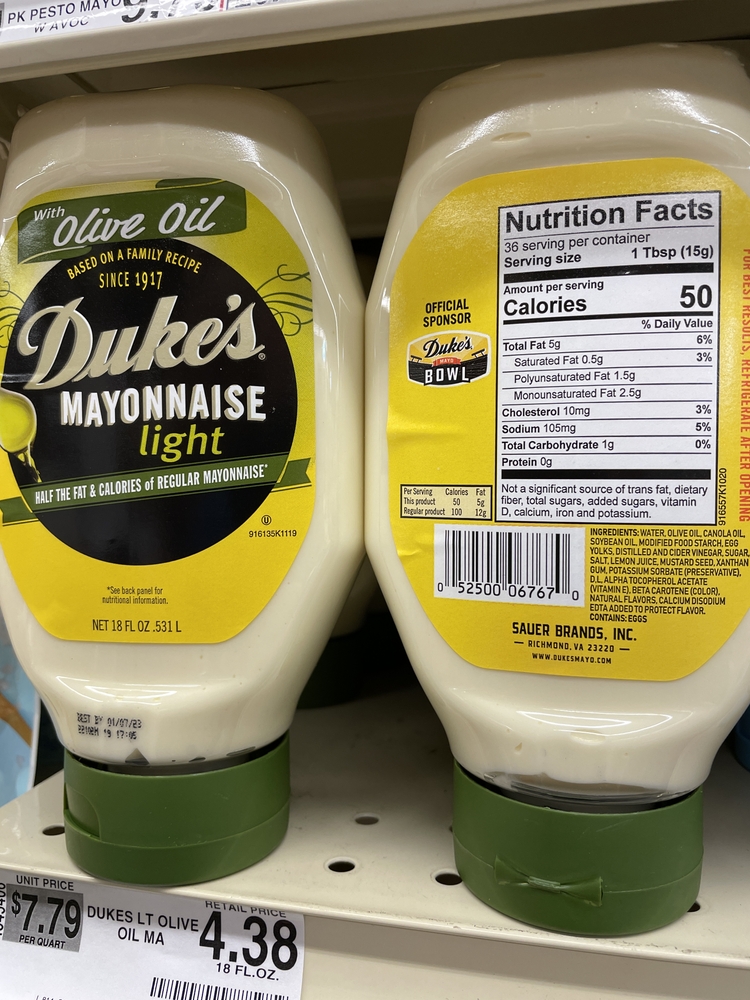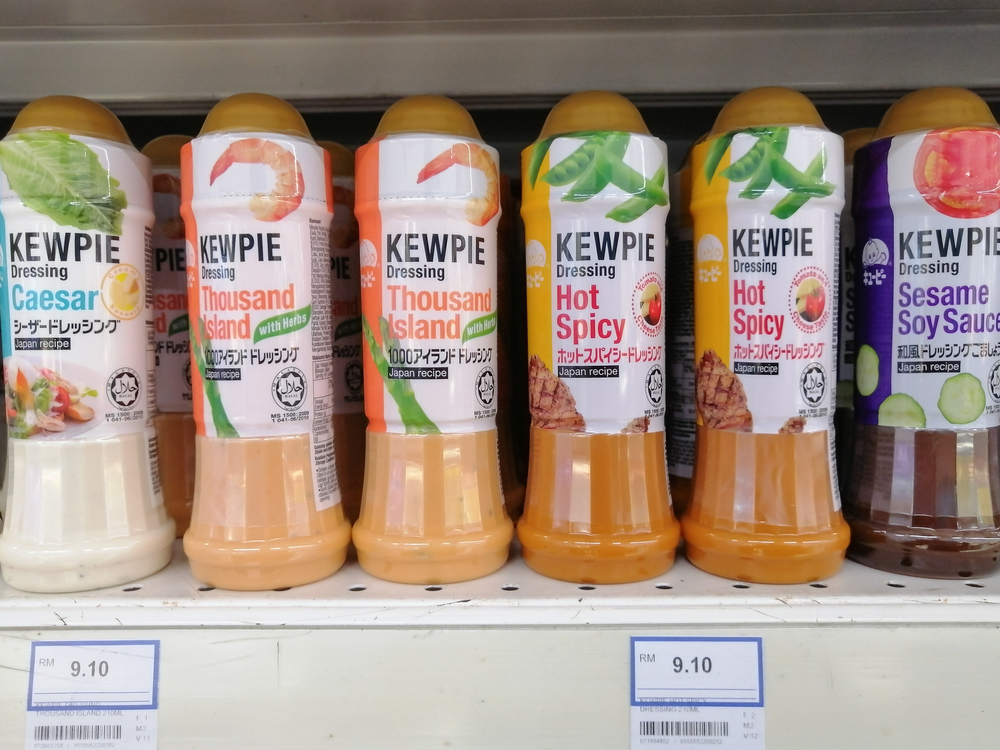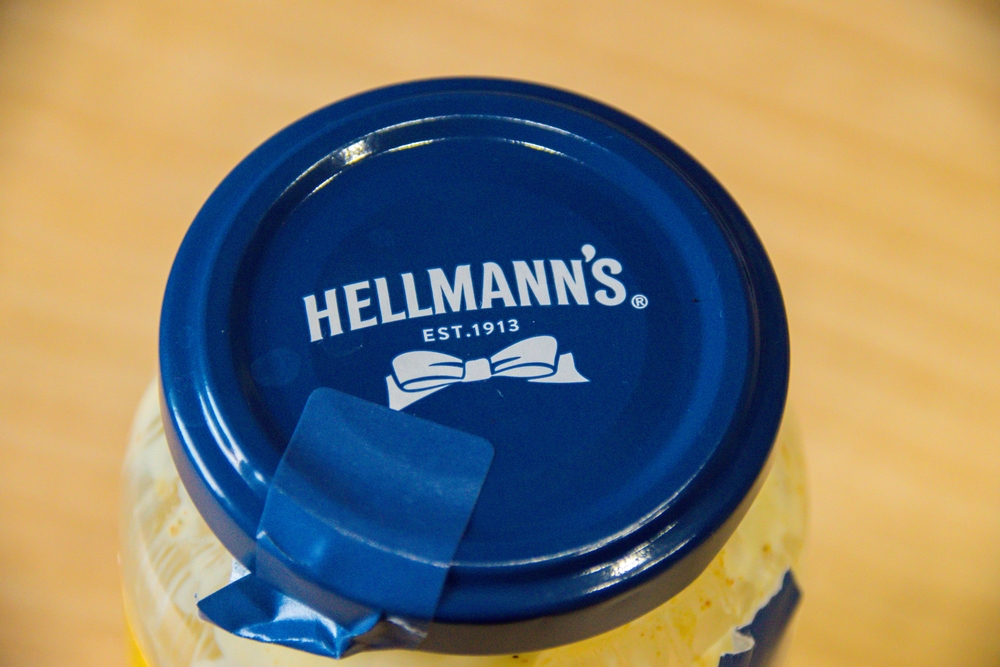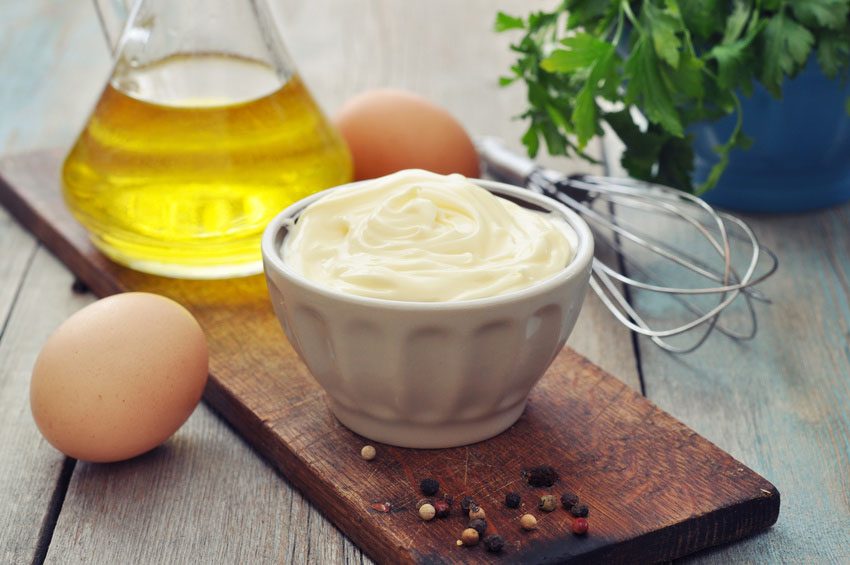Five chefs pick their favorite mayonnaise – and it’s the same brand
In the world of condiments, preferences can be as diverse as the people who enjoy them. Mayo is one such condiment that evokes strong opinions—some consider it indispensable for sandwiches and grilled cheese, while others avoid it altogether.
However, when it comes to culinary experts, there is a notable consensus among top chefs on their preferred brand of mayonnaise. This article delves into their favorite choices and explores why Duke’s Mayo stands out.

A Closer Look at Popular Mayo Brands
The grocery store aisles offer a plethora of mayonnaise options, including Kraft, Chosen Foods, Duke’s, Miracle Whip, Kewpie, and Hellmann’s. Deciding on a favorite can be challenging with such a wide array of choices. Fortunately, food experts have weighed in, and five top chefs unanimously agree that Duke’s is the best.

Duke’s Mayo: The Chefs’ Top Choice
According to these culinary experts, Duke’s Mayo outshines its competitors for several reasons, including its versatility, texture, flavor, and nostalgic value. Chef Vivek Surti, owner of Tailor in Nashville, Tennessee, emphasizes the heritage associated with Duke’s, especially for those raised in the South. Surti states, “It’s Duke’s or nothing for me. It’s what we grew up eating, and it’s what feels like home.” Chef Mason Hereford of Turkey and the Wolf in New Orleans echoes this sentiment, calling himself a “Duke’s man, tried and true.”
On the other hand, chefs Caroline Chambers and Dan Pelosi appreciate Duke’s for its flavor and nutritional profile. The mayo contains no added sugar and uses apple cider vinegar, giving it an “extra tangy and more flexible” quality compared to other brands. Chef Chris Coleman adds that Duke’s endless possibilities make it his go-to mayo.

Other Noteworthy Mayo Brands
While Duke’s takes the top spot, other mayonnaise brands also receive high praise from chefs. Kewpie, a Japanese brand, is celebrated for its unique flavor and texture, making it a favorite gourmet ingredient. It is described as “sweet, acidic, and irresistibly creamy,” with a thicker and smoother consistency than its competitors. This makes it a popular choice for sushi rolls and other culinary applications.
Hellmann’s, also known as Best Foods on the West Coast, is another chef favorite, particularly for sandwiches. Despite being the same product with different regional names, Hellmann’s/Best Foods is lauded for its mild and creamy flavor with a hint of lemon, making it suitable for both savory and sweet dishes.
The Versatility of Mayo
Mayonnaise is a highly versatile condiment, used in a variety of dishes beyond the traditional sandwich spread. It can enhance creamy salads such as egg, potato, or chicken salad, and even be used to add texture and flavor to vinaigrette dressings. A spoonful of mayo can transform a basic vinaigrette into a creamy dressing.
Moreover, mayo can substitute for eggs as a binding agent in breading meat or replace butter for a perfectly grilled cheese sandwich. Chef Surti suggests coating chicken with a thin layer of mayo before baking or roasting to achieve crispy skin.

The International Appeal of Mayo
The origins of mayonnaise are debated, with some attributing it to Ancient Rome and Egypt, where a similar mixture of olive oil and egg was used as a dietary supplement. The modern version of mayo, which includes vinegar and seasonings, is believed to have been created in 1756 by a French chef who improvised with olive oil during a victory feast. Another version credits Marie-Antoine Carême, a renowned French chef, with refining the recipe in the early 1800s by emulsifying vegetable oil and egg yolks.
Making Mayo at Home
For those who prefer homemade options, creating your own mayo is simple and requires just a few ingredients: egg yolks, Dijon mustard, salt, pepper, and sunflower oil. The key is to whisk the ingredients slowly to avoid splitting and curdling.
A vegan version of mayo can also be made using soy milk, mild oil, apple cider vinegar, mustard, black pepper, garlic powder, and a blender. Ensuring all ingredients are at room temperature and adding the oil slowly is crucial for achieving the desired consistency.
Mayonnaise continues to be a beloved condiment worldwide, with chefs and home cooks alike appreciating its versatility and flavor. Whether you prefer Duke’s, Kewpie, Hellmann’s, or a homemade version, there’s no denying the impact of mayo on culinary creations.





